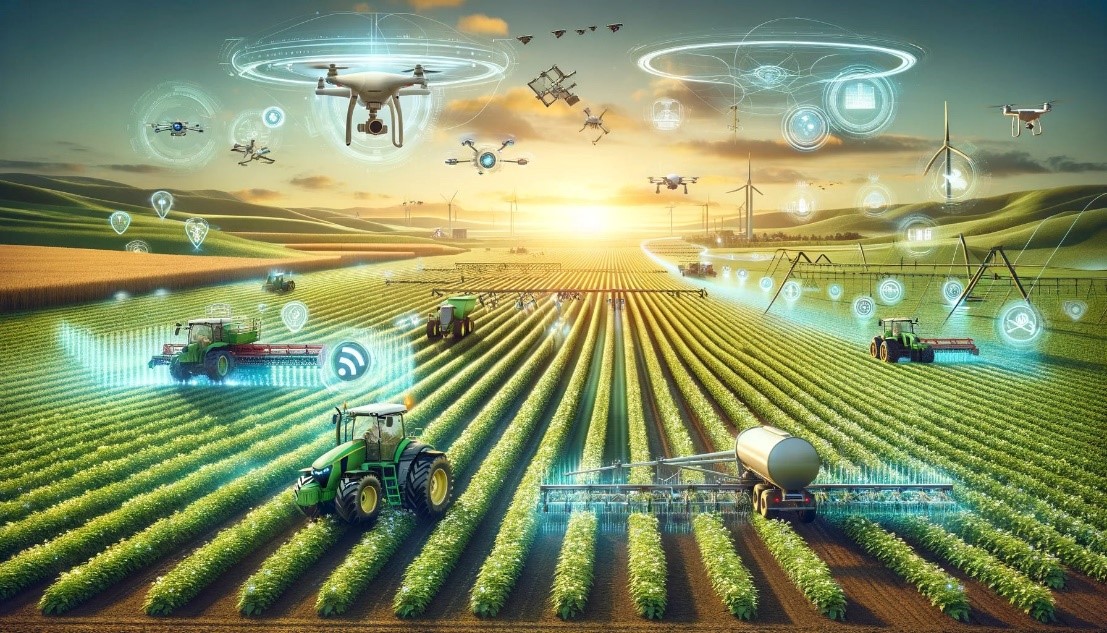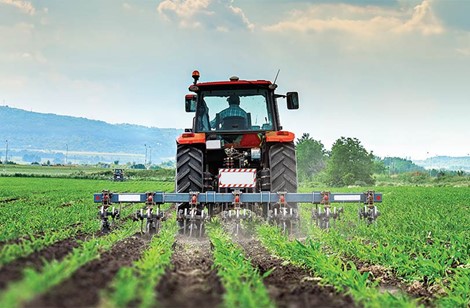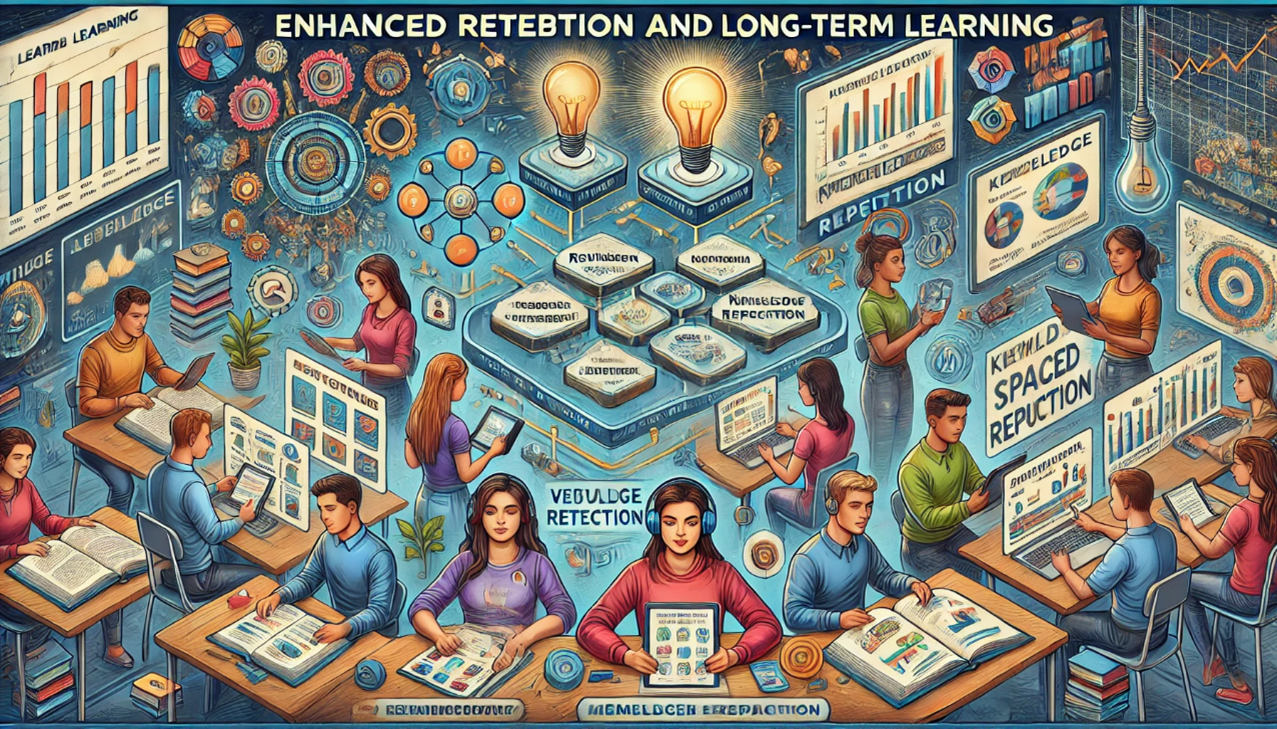What sustainable farming practices can help mitigate climate risks?

What sustainable farming practices can help mitigate climate risks?
by Maximilian 02:59pm Jan 08, 2025

Sustainable farming practices are essential for mitigating climate risks while maintaining agricultural productivity. These practices reduce greenhouse gas emissions, enhance soil health, conserve water, and improve ecosystem resilience. Here are key sustainable farming practices:
1. Agroforestry
What it is: Integrating trees and shrubs into agricultural landscapes.
Benefits:
Sequesters carbon in biomass and soil.
Enhances biodiversity and provides windbreaks to prevent soil erosion.
Improves water retention and reduces the urban heat island effect.
2. Conservation Tillage
What it is: Minimizing soil disturbance through reduced tillage or no-till farming.
Benefits:
Reduces soil erosion and retains soil carbon.
Enhances water infiltration and retention.
Decreases fuel use, lowering carbon emissions.

3. Crop Diversification and Rotation
What it is: Growing a variety of crops in rotation or intercropping systems.
Benefits:
Enhances soil fertility and reduces pest outbreaks.
Improves resilience to climate variability.
Reduces the need for chemical inputs.
4. Cover Cropping
What it is: Planting cover crops (e.g., legumes, clover) during off-season periods.
Benefits:
Prevents soil erosion and improves organic matter.
Sequesters carbon and enhances nitrogen fixation.
Suppresses weeds and reduces chemical herbicide use.
5. Organic Farming
What it is: Avoiding synthetic fertilizers, pesticides, and genetically modified organisms (GMOs).
Benefits:
Enhances soil health and biodiversity.
Reduces water pollution from chemical runoff.
Builds resilience to extreme weather conditions

6. Integrated Pest Management (IPM)
What it is: Combining biological, cultural, physical, and chemical tools to manage pests.
Benefits:
Reduces reliance on synthetic pesticides.
Promotes natural pest control through beneficial insects.
Minimizes ecosystem disruption.
7. Water Management Techniques
Examples:
Drip irrigation for efficient water use.
Rainwater harvesting and storage.
Constructing retention ponds for drought resilience.
Benefits:
Conserves water resources and reduces energy use.
Minimizes waterlogging and salinization risks.
8. Sustainable Livestock Management
What it is: Improving grazing systems, reducing overstocking, and using feed alternatives.
Benefits:
Reduces methane emissions from livestock.
Improves pasture health and soil carbon storage.
Enhances animal welfare and productivity.
9. Precision Agriculture
What it is: Using technology (e.g., GPS, sensors, drones) to optimize farming inputs.
Benefits:
Minimizes fertilizer and pesticide use, reducing emissions and runoff.
Increases crop yields and resource efficiency.
Monitors soil and crop health to adapt to climate conditions.

10. Carbon Farming
What it is: Practices explicitly aimed at increasing carbon sequestration in soils and vegetation.
Benefits:
Stores atmospheric CO₂ in soils and plants.
Provides carbon credits as an additional income source for farmers.
11. Regenerative Agriculture
What it is: A holistic approach focusing on restoring soil health and ecosystem function.
Benefits:
Enhances soil organic matter and biodiversity.
Increases resilience to climate shocks.
Promotes a closed-loop nutrient cycle.
12. Utilizing Renewable Energy
What it is: Transitioning to solar, wind, or bioenergy for farming operations.
Benefits:
Reduces reliance on fossil fuels.
Lowers operational carbon footprint.
Enhances energy security for rural areas.

Conclusion
Adopting sustainable farming practices requires education, investment, and supportive policies. Farmers can leverage these techniques to improve productivity while reducing their environmental impact and building resilience to climate risks. These practices contribute to global climate goals and ensure the long-term viability of agriculture.






